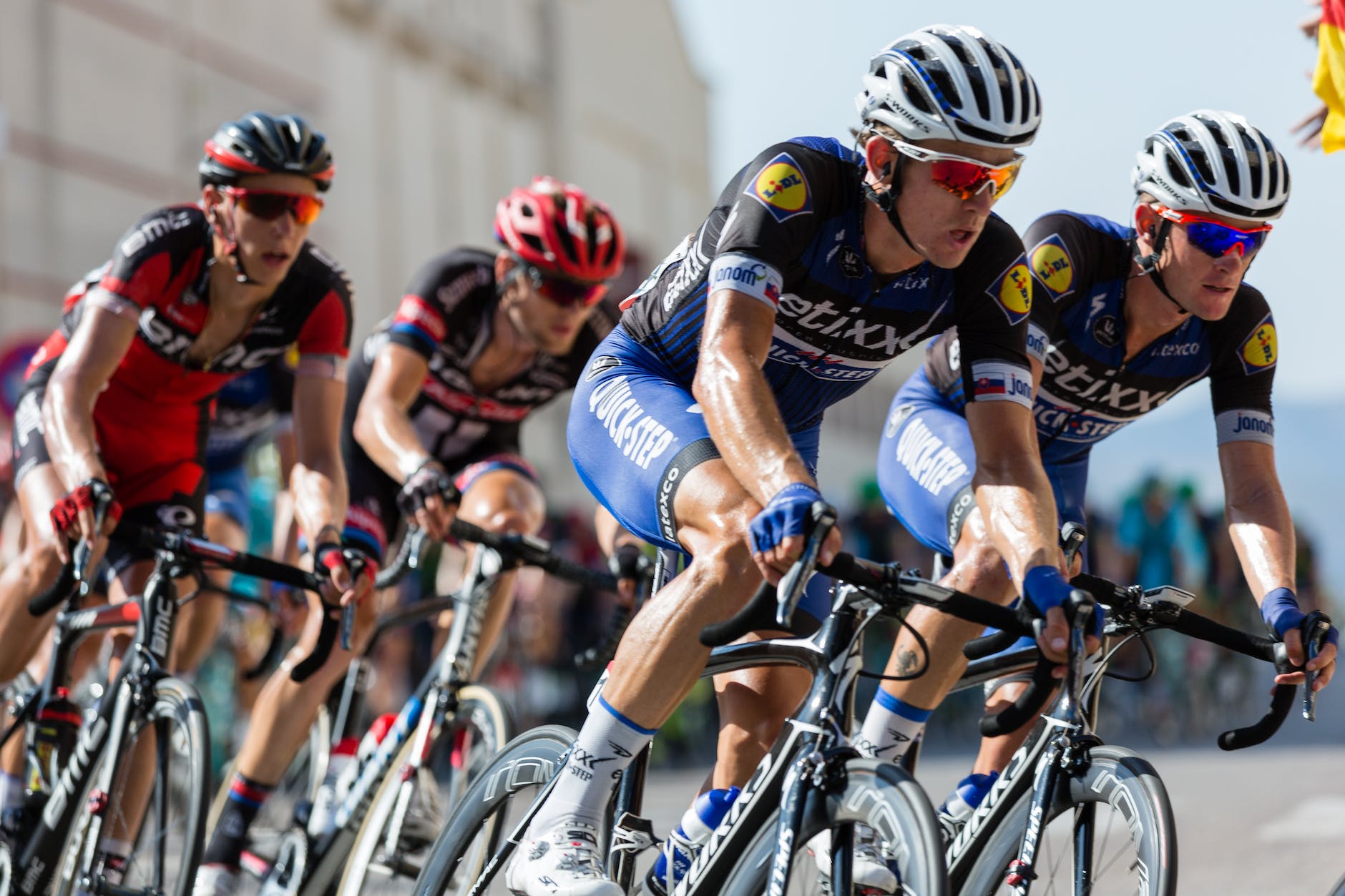The retail landscape has undergone a significant transformation over the past decade. With the rise of digital platforms, the traditional brick-and-mortar model has been challenged and reshaped. One industry that has been at the forefront of this evolution is the sportswear sector. Let’s delve into how sportswear brands are pioneering the omnichannel retail strategy.
- 1. The Rise of Digital Integration
- 2. Personalized Customer Experience
- 3. Seamless Transition Between Online and Offline
- 4. Leveraging Social Media for Brand Engagement
- 5. The Role of Data Analytics
- 6. Embracing Technological Innovations
- 7. Sustainability and Ethical Practices
- 8. Building Community and Loyalty Programs
- 9. Diversifying Product Offerings
- 10. Investing in Training and Development
- Case Studies of Sports Retailers
- Final Thoughts
1. The Rise of Digital Integration
Sportswear brands have recognized the importance of integrating digital platforms into their retail strategy. With the increasing number of consumers turning to online shopping, brands have had to adapt. The strategic advantage of penetration pricing has played a pivotal role in attracting online consumers, especially in the sportswear sector.
2. Personalized Customer Experience
One of the hallmarks of an effective omnichannel strategy is the ability to offer a personalized shopping experience. By harnessing the power of AI, brands can enhance the e-commerce experience. The AI e-commerce trends shaping the industry have been instrumental in this regard.
3. Seamless Transition Between Online and Offline
The true essence of an omnichannel strategy lies in the seamless transition between online and offline platforms. For instance, the growth of e-commerce in Qatar and the retail revolution in the desert oasis exemplify this trend.
4. Leveraging Social Media for Brand Engagement
Social media platforms have become indispensable tools for sportswear brands. The art of social media management allows brands to engage with their audience, gather feedback, and drive sales.
For businesses aiming to elevate their omnichannel strategies, Local Inventory Ads (LIA) from Google present a compelling solution. These ads showcase products on Google’s search result pages, indicating product availability at nearby stores. By bridging the gap between online browsing and in-store purchases, LIAs offer consumers a seamless shopping experience, catering to their convenience.
Steffi’s Blogs
5. The Role of Data Analytics
Data is the new gold in the retail industry. By analyzing customer behavior, preferences, and purchasing patterns, brands can tailor their strategies effectively. The captivating history of the internet provides insights into how data analytics has evolved over the years.
6. Embracing Technological Innovations
From augmented reality fitting rooms to virtual personal shoppers, sportswear brands are embracing the latest technological innovations. The future of e-commerce in Qatar, with its growth and advancements, is a testament to this trend.
7. Sustainability and Ethical Practices
Modern consumers are more conscious of sustainability and ethical practices. Brands that prioritize these values not only enhance their reputation but also drive customer loyalty. The ecommerce trends to watch highlight the growing emphasis on sustainable practices.
8. Building Community and Loyalty Programs
Building a community around the brand and offering loyalty programs can significantly enhance customer retention. The magic of customer experience lies in understanding and catering to the needs of the community.
9. Diversifying Product Offerings
Diversification is key to staying relevant in the ever-evolving retail landscape. Whether it’s introducing a new line of sportswear or collaborating with celebrities, diversification strategies can boost brand visibility and sales.
10. Investing in Training and Development
The success of an omnichannel strategy is not just about integrating platforms but also about training staff to offer a consistent brand experience across all touchpoints. Investing in training ensures that the brand message remains consistent, whether a customer is shopping online or in-store.
The dynamic world of omnichannel marketing is continually evolving, with sports brands like Adidas and Nike leading the charge. By embracing innovative strategies and leveraging cutting-edge technology, these brands are setting new standards in customer engagement and retail experience.
As the digital landscape shifts, one thing remains clear: omnichannel marketing is the future, and brands that adapt will thrive.
Steffi’s Blogs
Case Studies of Sports Retailers
Adidas: Crafting a Digital Revolution
In 2016, Adidas unveiled a groundbreaking approach to omnichannel marketing with the introduction of the Adidas Glitch app. This innovative platform allowed users to craft their unique Glitch football boots, merging the realms of digital design and in-store collection. The app’s exclusivity was heightened by the invite code system, where users scoured social media using the hashtag #Glitch16 to gain access.
The Glitch app was more than just a design tool. It offered a comprehensive user experience, from sizing guides and video demonstrations to personal fitting and trial sessions. This strategic blend of m-commerce and omnichannel marketing set Adidas apart, offering consumers the flexibility to shop exclusive products directly from their mobile devices.
Fast forward to today, and Adidas is delving into the world of Metaverse Marketing. Targeting the tech-savvy Gen Z demographic, Adidas is making waves on gaming platforms like Discord. With the belief that Web3 is integral to modern omnichannel strategies, Adidas is pioneering the creation of micro-communities and NFT tokens in the virtual realm, ensuring the brand remains relevant to younger generations.
Nike: Setting the Omnichannel Benchmark
Nike, another titan in the sportswear industry, has consistently pushed the boundaries of omnichannel marketing. In 2018, the brand launched the Nike app, a hub where consumers could reserve products for later in-store purchases, access exclusive discounts, and gain valuable product information by scanning items in-store with their smartphones.
This approach mirrored the evolving behavior of modern consumers. A global Airship report highlighted that a significant majority of customers utilize their mobile devices for product research and in-store purchases. Nike’s strategy has evolved from its 2015 digital retail experience, which integrated social media and cutting-edge technology to offer real-time product availability, customization options, and immersive shopping experiences.
Decathlon Italy: A Success Saga in Omnichannel Retail
Decathlon, a renowned sports and outdoor retailer, has harnessed the power of LIAs in Italy. With the support of e-commerce automation platform Lengow, Decathlon successfully showcased 200,000 products on Google within a mere four months. This strategic move led to a reduction in Cost Per Store Visit and Cost Per Click while boosting the Click Through Rate. With ambitions to expand its digital footprint, Decathlon Italy is poised to venture into Facebook LIA and possibly Criteo LIA.
Final Thoughts
In conclusion, the sportswear industry’s adoption of an omnichannel retail strategy is a testament to its forward-thinking approach. By integrating digital platforms, offering personalized experiences, and embracing technological innovations, sportswear brands are setting the gold standard in retail. As we navigate the future, it’s clear that the brands that prioritize customer experience and innovation will lead the way.



